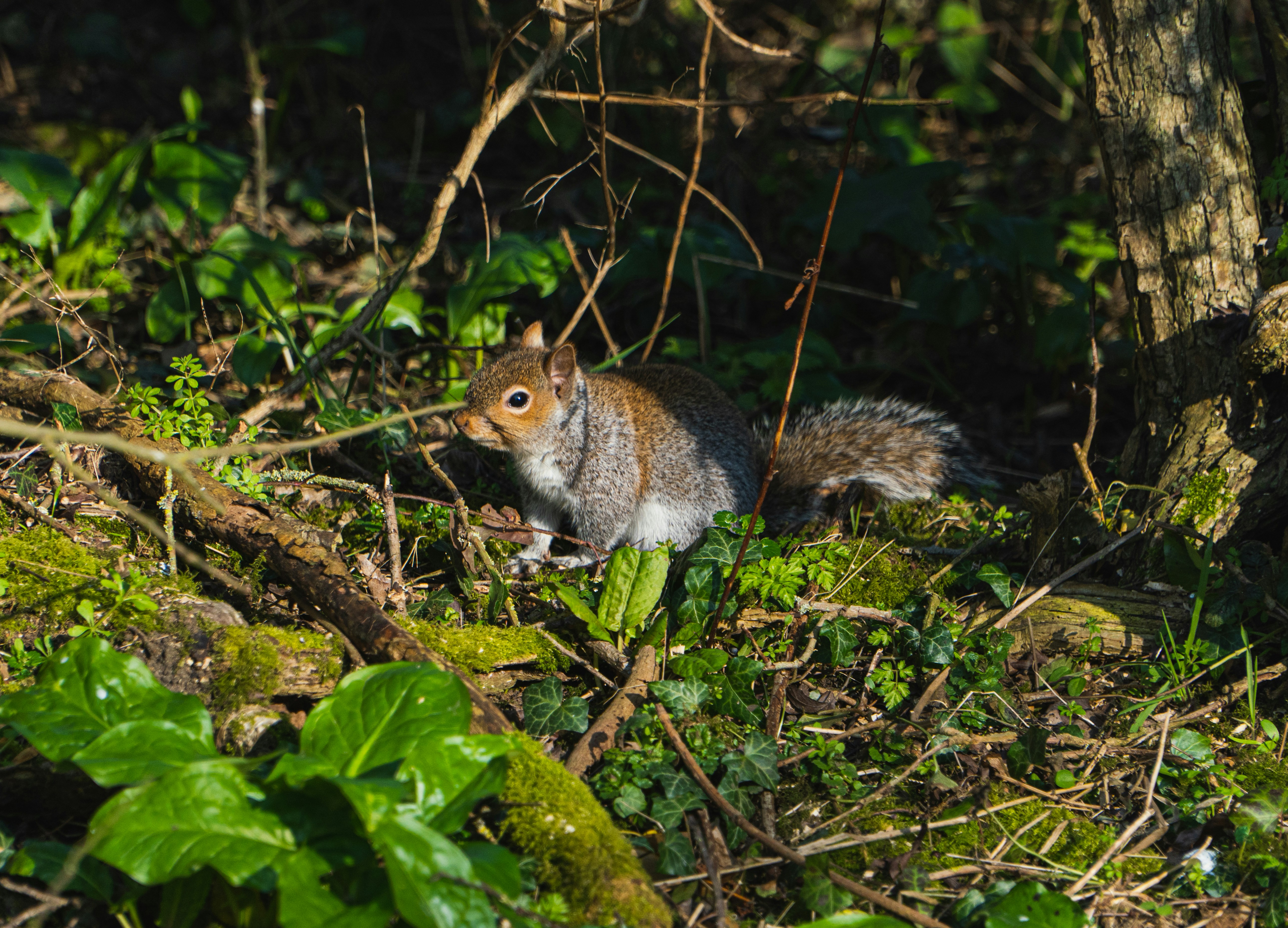Media release
From:
Mammalian daily circadian rhythms are highly susceptible to environmental change
Science Advances
Mammals’ circadian-driven daily activity patterns (or diel phenotypes) are highly responsive to environmental factors such as human-driven climate change, finds a global analysis based on camera observations of 445 mammalian species. The work also indicates that past literature documenting mammalian diel phenotypes may be outdated.
“Recognizing the fitness consequences of species’ diel phenotype plasticity and lack thereof is an important next step to understand the impacts of environmental change and can help direct conservation actions,” Kadambari Devarajan and colleagues write.
All animals have circadian rhythms that regulate their diel (daily) cycles. Collectively, those rhythms can lead to generalized species behaviors. However, climate change threatens to upend these established patterns with unexpected consequences.
Devarajan et al. studied 14,587 diel activity patterns for 67 mammalian families encompassing 445 species. They parsed data collected by the Global Animal Diel Activity Project, which includes 217 collaborators, from 20,080 camera sites across 38 countries.
First, the team examined whether current diel activity aligned with past literature. Only 39% of species’ diel activity phenotypes agreed with prior documentation – and many species displayed multiple diel phenotypes at once. Then, they looked at whether circadian activity was responsive or resistant to environmental change.
Species showed high plasticity in their diel patterns. Finally, the scientists selected 126 species and investigated how geography affected diel plasticity. Distance from the equator, daylight hours per day, and exposure to human activity influenced diel phenotypes for 74% of these species.
“Increasing anthropogenic pressure prompted some mammals, primarily North American mammals, to shift to a nocturnal phenotype,” the authors write.



 Australia; International; NSW; VIC
Australia; International; NSW; VIC



